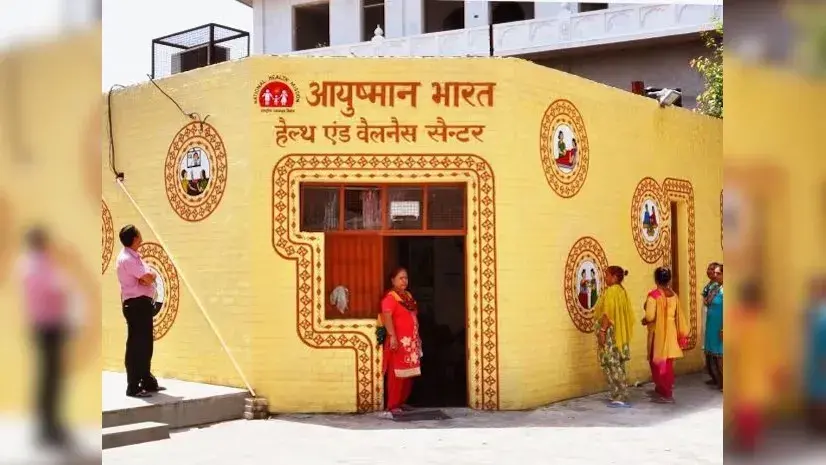India to Showcase Ayushman Bharat Digital Mission at World Health Assembly
India will highlight its universal health coverage through Ayushman Bharat, public health emergency preparedness, and digital health transformations at the World Health Assembly (WHA) in Geneva from May 27 to June 1. Official sources confirmed on Wednesday that India will also present the Arogya Maitri Disaster Management Cube, an indigenous portable hospital equipped with innovative tools designed to enhance disaster response and medical support. The 77th session of the WHA, organized by the World Health Organization (WHO), will feature representatives from 194 countries aiming to structure the global health ecosystem. This year’s theme is “All for Health, Health for All.” The Indian delegation, led by Union Health Secretary Apurva Chandra, will participate in various sessions and discussions. The WHA includes sessions in three main committees: Plenary, Committee A, and Committee B. The plenary session, attended by health ministers and heads of delegations from 194 nations, will open the Health Assembly. India will chair Committee A, which will facilitate discussions on universal health coverage, public health emergency preparedness and response, antimicrobial resistance, climate change, and sustainable financing for WHO. Committee B will focus on internal and external audit, budget, and financing matters concerning the WHO secretariat. In addition to the main sessions, at least 14 side events and multiple strategic roundtables will take place on the sidelines of the WHA, focusing on diverse health topics. These events will provide a platform for participants to share their thoughts on the future of the global health architecture. India’s presence at the WHA also includes leading and supporting the Regional One Voice initiative for the Southeast Asia region. This initiative advocates for well-being and health promotion, addressing social determinants of health, improving maternal, infant, and young child nutrition, and promoting the economics of health for all. India’s contributions to the WHA, including the showcase of the Ayushman Bharat Digital Mission and the Arogya Maitri Disaster Management Cube, emphasize the country’s commitment to enhancing global health and disaster response capabilities. The participation aims to foster international collaboration and share India’s innovative health solutions with the global community.
India to Showcase Ayushman Bharat Digital Mission at World Health Assembly Read More »


